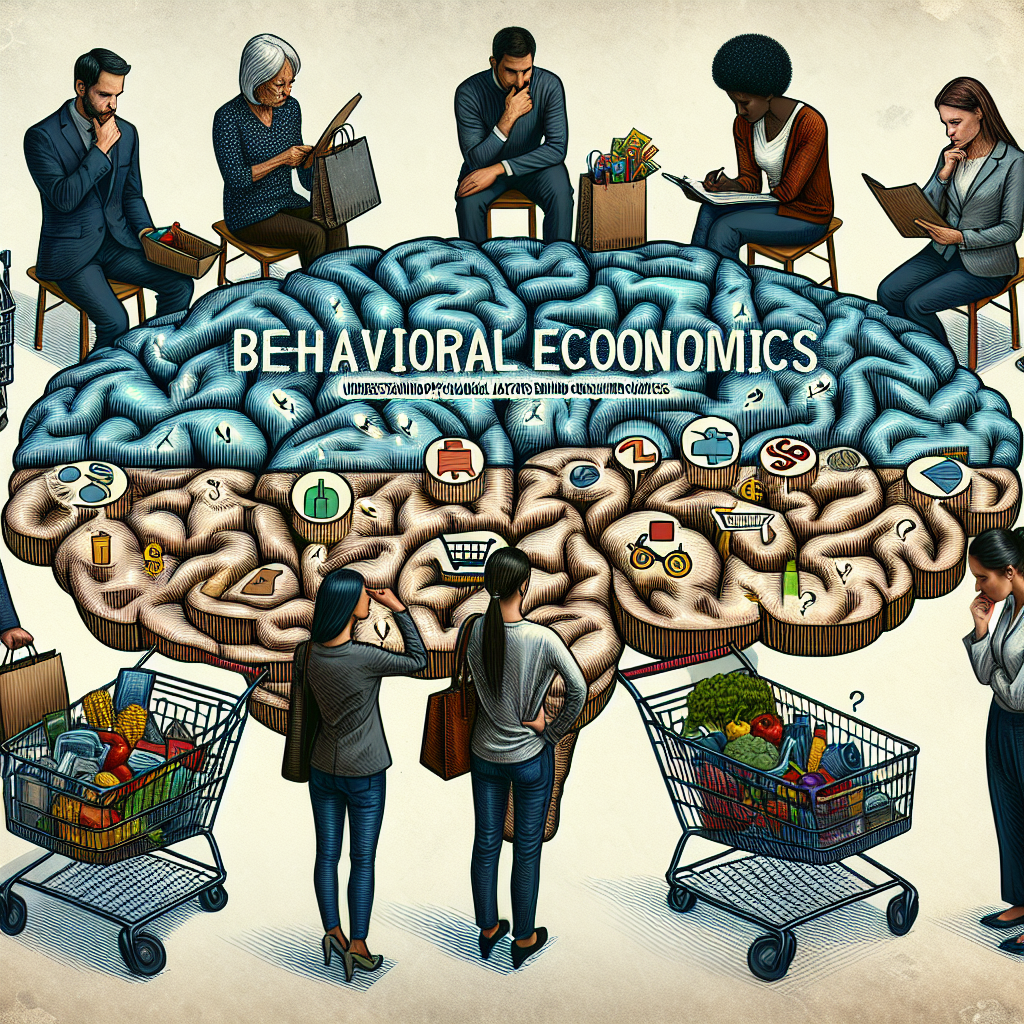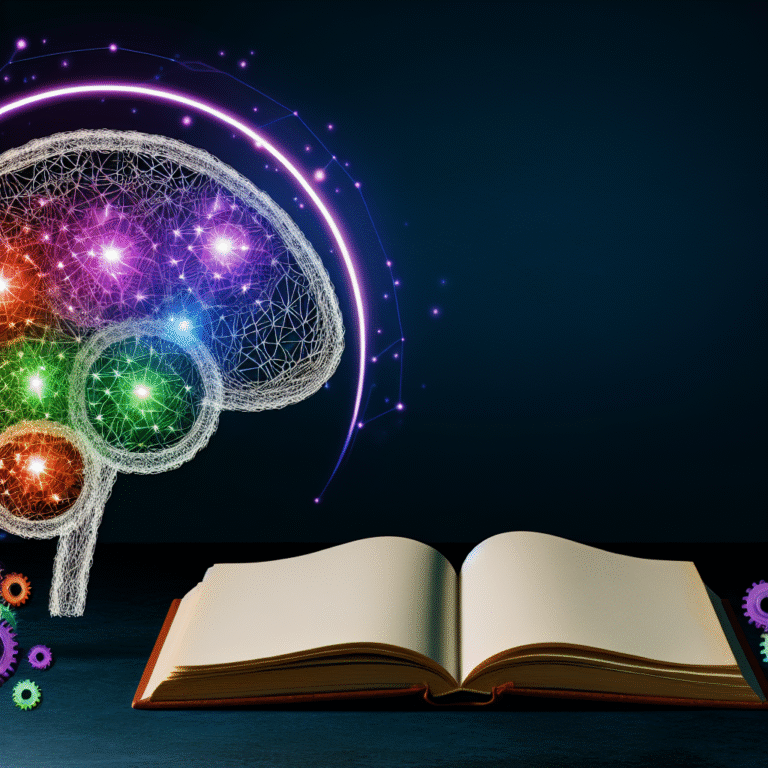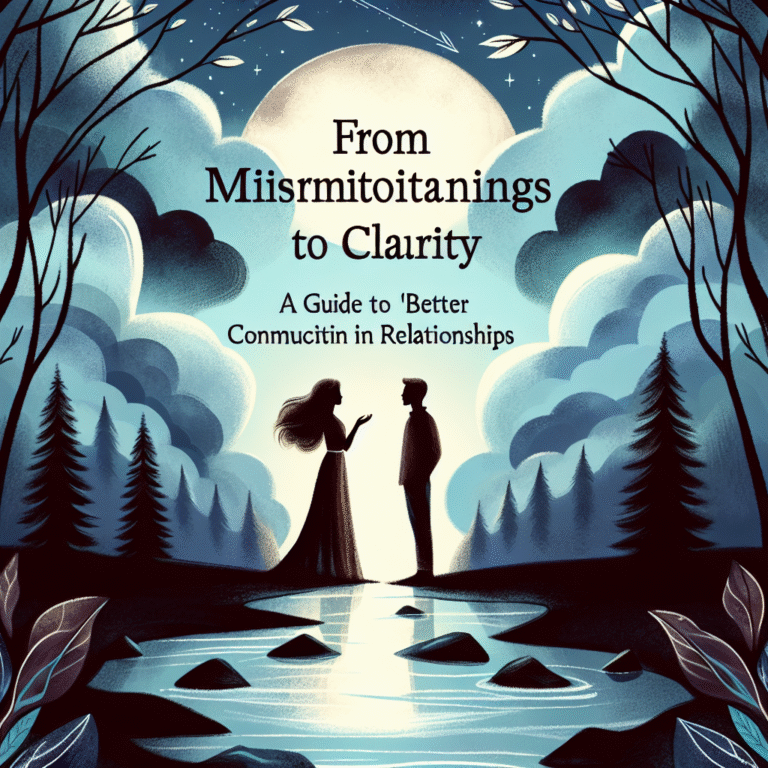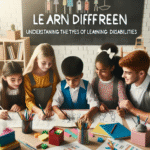
Behavioral Economics: Understanding the Psychological Factors Behind Consumer Choices
Introduction
Imagine walking down a grocery store aisle filled with countless brands of cereal. You’re overwhelmed by the choices: should you pick the sugary, colorful box that shouts “fun” or the health-conscious option with the organic label? Your decision isn’t driven solely by rational assessment—there’s a complex interplay of psychological factors at work. Behavioral Economics: Understanding the Psychological Factors Behind Consumer Choices helps decode these underlying motivations, revealing how emotions, biases, and social influences can all lead us to make decisions that defy pure logic.
In an increasingly complex marketplace, recognizing the nuances of consumer behavior has never been more essential. This article explores the intricate web of behavioral economics, providing unique insights and actionable takeaways that can empower both consumers and marketers.
What is Behavioral Economics?
A Brief Overview
Behavioral economics blends insights from psychology with economic theory to explain why individuals make irrational decisions. Traditional economic theory assumes that consumers are rational actors who make optimal choices based purely on self-interest. However, real-life behavior often tells a different story. From impulse buys to brand loyalty, understanding the quirks of human psychology enables us to grasp why people deviate from expected rational behavior.
Key Principles
- Bounded Rationality: Individuals are limited in their cognitive resources, leading to simplifications in the decision-making process.
- Heuristics: Mental shortcuts that simplify decision-making but can also lead to biases.
- Framing Effects: Decisions can be heavily influenced by how choices are presented.
- Prospect Theory: People value gains and losses differently, leading to risk-averse or risk-seeking behaviors depending on context.
The Psychology of Choice: Key Factors at Play
Emotional Drivers
Emotions significantly influence consumer decisions. Brands that evoke positive emotions tend to create loyalty and repeat business. For example, a case study conducted on Coca-Cola’s marketing campaigns revealed that ads invoking happiness and nostalgia led to a 22% increase in sales compared to those that didn’t.
Social Influence
People are influenced by the decisions of others, leading to phenomena such as conformity and bandwagon effects. In many cases, the perceived popularity of a product can drive others to choose it simply because "everyone else is doing it." Take a look at the rise of social media influencers. Their endorsements can sway consumers dramatically; their recommendations can outperform traditional advertising metrics.
Anchoring
The anchoring effect is a cognitive bias where individuals rely too heavily on the first piece of information they encounter. In retail, a company may list a product’s original price next to a discounted price, effectively anchoring consumers to the higher price, which makes the discount seem more significant. A study by Hsee and Leclerc (1998) illustrated how consumers perceived the value of discounted items differently when presented with an anchor of a higher price tag.
Loss Aversion
Research in Behavioral Economics: Understanding the Psychological Factors Behind Consumer Choices reveals that losses have a more significant emotional impact than equivalent gains. This is why many companies offer free trials or money-back guarantees—they tap into the fear of loss to encourage purchase behavior. A company like Evernote capitalizes on this by providing users with a free version of its product, which leads many to upgrade to the paid version to avoid losing access to features they’ve come to rely on.
The Role of Marketing and Framing
Presentation Matters
The way options are framed can alter consumer choices dramatically. For instance, presenting a product as "95% fat-free" is perceived differently than saying it contains "5% fat," even though both statements convey the same fact. This subtle shift in wording can lead to increased purchases—a powerful application of Behavioral Economics: Understanding the Psychological Factors Behind Consumer Choices.
Case Study: The Gallup Polls
A gallup poll conducted showed how simply rewording survey questions impacted respondents’ choices about health-related habits. By framing a question positively or negatively, they saw variations in people’s responses by as much as 30%. Understanding this can help marketers craft messages that resonate with their audience more effectively.
The Influence of Pricing Strategies
Decoy Effect
The decoy effect occurs when consumers change their preference between two options when presented with a third option that is asymmetrically dominated. A classic example is the pricing of a subscription plan. If a company offers a basic plan for $10 and a premium plan for $15, it may also introduce a "decoy" plan priced at $14 that offers less value. Consumers will gravitate towards the premium option due to the comparative value highlighted by the decoy.
Final Offer Pricing
Behavioral economics also sheds light on why consumers feel compelled to act quickly when presented with a “limited time offer.” The sense of urgency creates a fear of missing out (FOMO), a potent psychological driver that’s often exploited in marketing strategies.
The Case for Sustainability
Conscious Consumerism
Behavioral economics isn’t only about understanding consumption driven by convenience or pleasure; it also includes recognizing how more consumers are now prioritizing sustainability. According to a study by Nielsen, 73% of millennials are willing to spend more on sustainable offerings. Companies like Patagonia leverage this by aligning their brand with values such as environmental consciousness, which resonates strongly with their target audience.
Social Norms & Green Purchasing
Research shows that when individuals believe sustainable choices are a social norm, they are more likely to engage in those behaviors themselves. By framing eco-friendly options as the social norm, companies can bolster green purchasing behaviors among consumers.
Summary and Actionable Insights
Key Takeaways
- Emotional Engagement: Brands should create emotional connections; use storytelling in marketing to deepen engagement.
- Social Proof: Showcase testimonials and social proof to influence potential customers’ decisions.
- Effective Framing: Craft marketing messages smartly; the right framing can significantly impact consumer perceptions and choices.
- Sustainability: Embrace and promote sustainability, as modern consumers increasingly gravitate toward eco-friendly options.
Conclusion
The landscape of consumer choices is more intricate than what traditional economic models suggest. Behavioral Economics: Understanding the Psychological Factors Behind Consumer Choices offers invaluable insights into the emotional and cognitive influences that drive how, why, and what we purchase. By harnessing these principles, both consumers and businesses can make more informed and fulfilling choices.
Final Thoughts
As you navigate the marketplace, challenge yourself to be aware of the factors influencing your decisions. Being informed about these psychological elements not only empowers you as a consumer but also helps valuable insights in marketing strategies for businesses looking to resonate with their audience.
FAQs
1. What is behavioral economics?
Behavioral economics studies how psychological factors affect economic decisions and behaviors, often leading to irrational choices contrary to traditional economic theory.
2. How do emotions influence purchasing decisions?
Emotions heavily impact consumer choices. Brands that evoke positive feelings tend to foster loyalty, while negative emotions can deter purchases.
3. What are heuristics?
Heuristics are mental shortcuts that simplify decision-making but can lead to cognitive biases, potentially causing consumers to make choices based on limited information.
4. Can I apply behavioral economics principles in everyday life?
Absolutely! By understanding principles like loss aversion and social proof, you can make more conscious purchasing decisions and potentially save money.
5. Why is the framing effect important in marketing?
The framing effect shows that how options are presented can significantly influence consumer choices, making it vital for marketers to craft their messaging wisely.
Integrating these insights into everyday decisions and marketing strategies can yield powerful results. Understanding Behavioral Economics: Understanding the Psychological Factors Behind Consumer Choices ultimately allows us all to make more informed choices.














